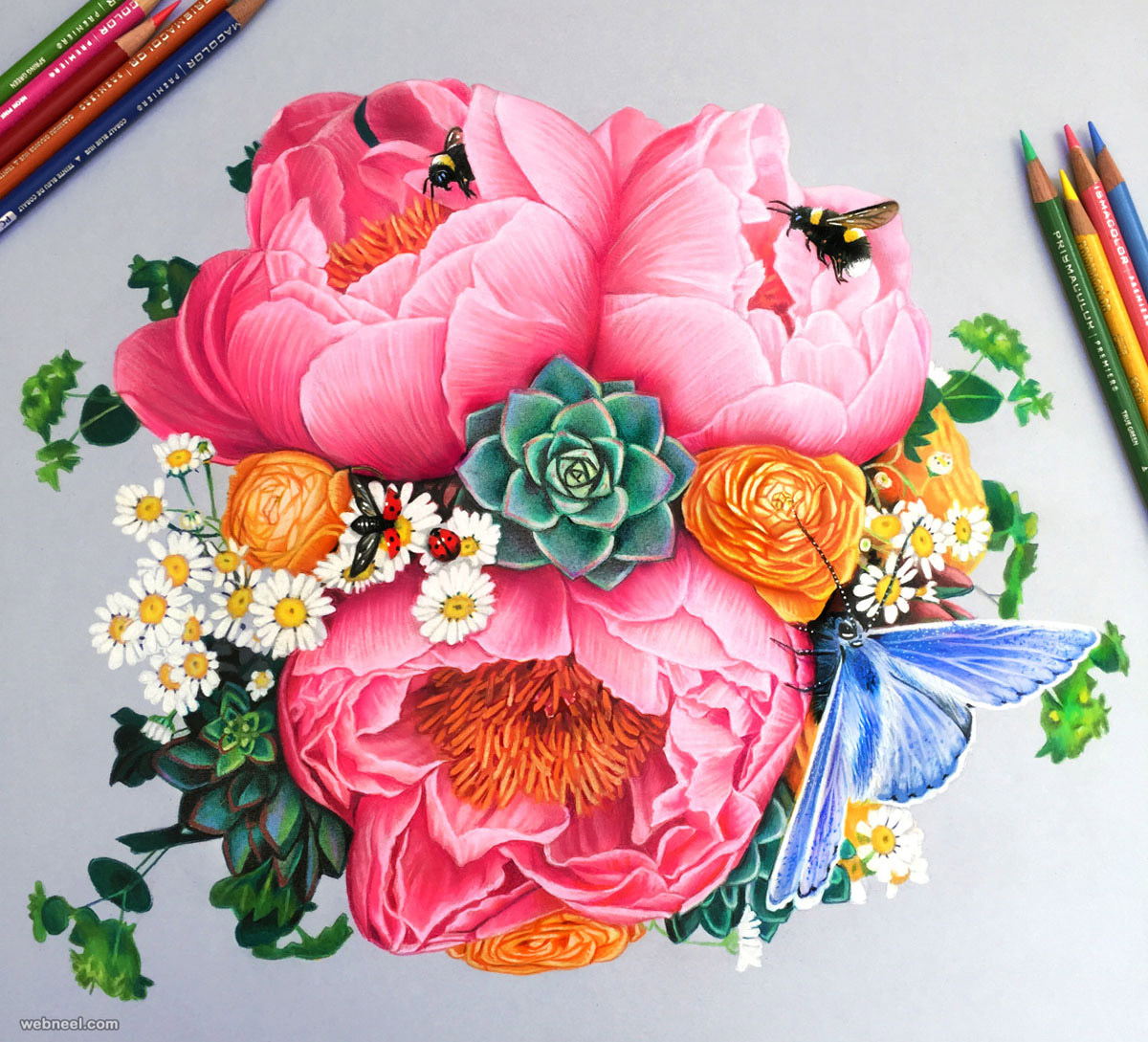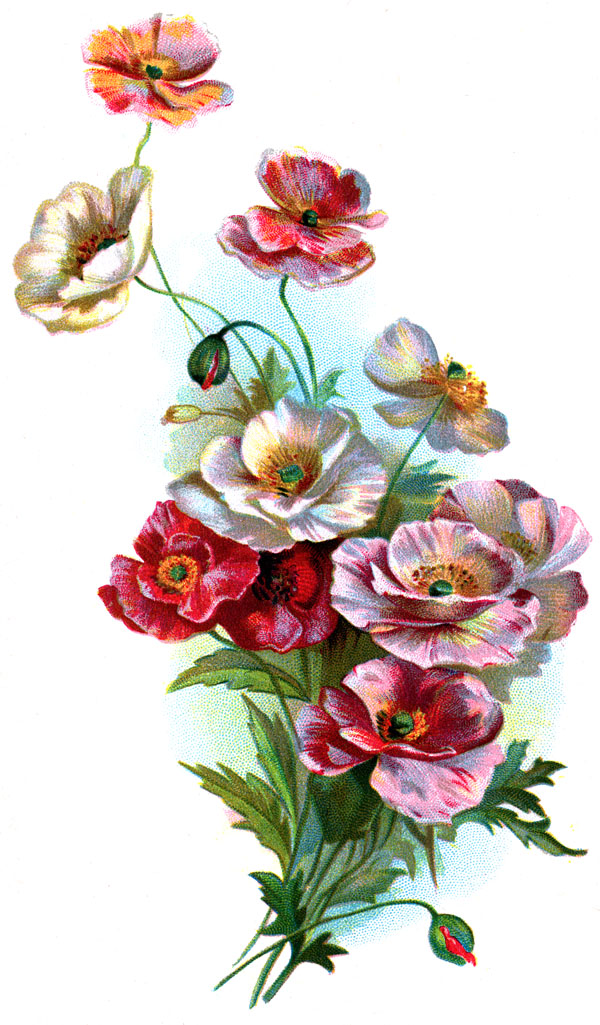
The Art of Drawing Flowers in Full Color

Flowers have always been a popular subject for artists, and drawing them in full color can bring out their beauty and vibrancy. Whether you're an aspiring artist or just looking to relax and have fun, creating colorful flower drawings can be a fulfilling and enjoyable activity. In this article, we will explore various techniques and tips to help you enhance your flower drawings with vibrant colors.
Choosing the Right Colors

When it comes to drawing flowers in color, selecting the right colors is crucial. Observing the flowers closely and paying attention to their natural hues can help you determine the appropriate color palette. Consider factors such as the flower's species, petals, leaves, and overall environment. By using a mix of warm and cool colors, you can create depth and dimension in your drawings.
For example, if you're drawing a vibrant red rose, you might use shades of red, pink, and orange to capture the richness of its petals. On the other hand, if you're depicting a delicate white lily, you might opt for softer shades of white, cream, and light green to convey its elegance.
Coloring Techniques

There are numerous coloring techniques you can employ to bring your flower drawings to life. Experimenting with different techniques can help you achieve various effects and enhance the overall visual appeal of your artwork.
One popular technique is layering colors, which involves building up layers of color to create depth and texture. Start with light washes and gradually add darker tones as you progress. This technique can result in a realistic and three-dimensional look.
Another technique is blending colors, which involves smoothly transitioning from one color to another. This can be achieved by using a blending tool such as a tortillion or simply by gently smudging the colors together with your fingers. Blending can create a soft and seamless appearance.
Adding Details and Highlights

Once you have colored the main areas of your flower drawing, you can add details and highlights to enhance its realism and make it more visually appealing. Adding details such as veins on petals or textures on leaves can bring your drawing to life.
Highlights play a crucial role in capturing the light and creating a sense of depth. Use lighter shades of colors or even white to highlight the areas where the light hits the flowers, giving them a three-dimensional effect. Pay attention to the direction of the light source to make the highlights appear more realistic.
Experimenting with Different Mediums

While colored pencils are a popular choice for flower drawings, don't limit yourself to just one medium. Experimenting with different art mediums can add variety and uniqueness to your artwork. Consider trying watercolors, markers, pastels, or even digital tools to explore different effects and styles.
Each medium has its own characteristics and techniques, so take the time to familiarize yourself with them. By exploring various mediums, you can find the one that suits your style and helps you achieve the desired results.
Conclusion
Drawing flowers in full color can be a rewarding and enjoyable experience. By choosing the right colors, employing various coloring techniques, adding details and highlights, and experimenting with different art mediums, you can create stunning flower drawings that capture the beauty and vibrancy of these natural wonders.